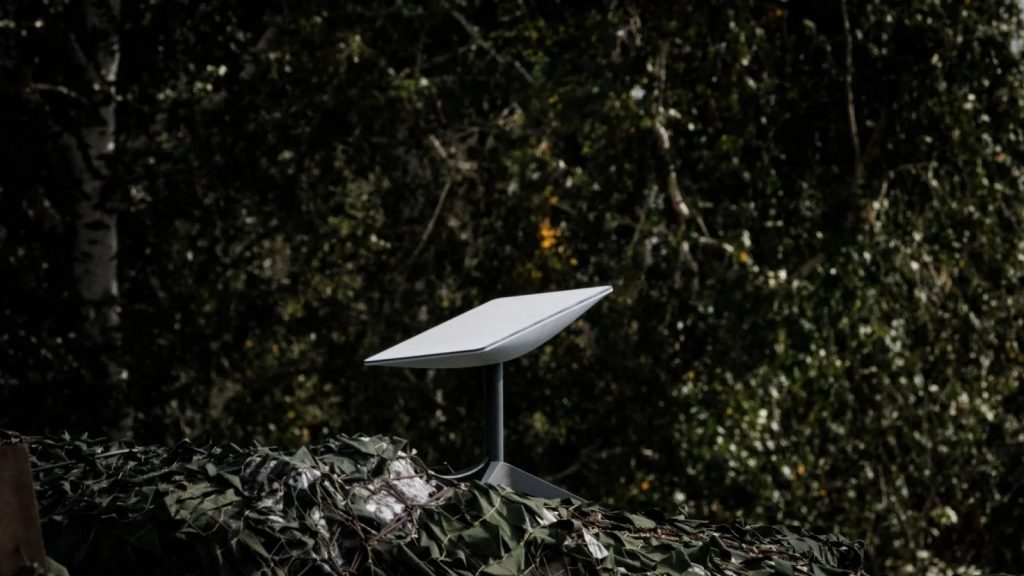SpaceX is trying to bring down the latency rates for Starlink amid soaring user growth.

Not happy with the latency on Starlink? SpaceX CEO Elon Musk says reducing the lag is now a major priority for the satellite internet service.
Musk tweeted about the latency rates on Tuesday as his company has been shipping a new “Gen 3” Starlink router that can support faster Wi-Fi 6 speeds.
“We are also super focused on getting latency below 20ms if the user terminal and ground gateway can both be seen by a single satellite,” Musk wrote, before adding that achieving a median latency of under 30 milliseconds is “definitely achievable.”
ADVERTISEMENTAccording to Ookla’s Speedtest data, the median download rate for Starlink across the US is around 60 milliseconds. That’s significantly higher than the 13ms and 30ms that fixed and mobile users can receive, respectively. As a result, the high latency on Starlink can create lag, particularly for online gaming and live video streaming.
It’s not the first time Musk has promised to bring down the latency for Starlink. In 2021, he also tweeted that the goal was to reduce the latency to 20ms, and that improvements were inbound. “Basically, you should be able to play competitive FPS [first-person shooter] games through Starlink,” he added.
But since then, the satellite internet system has experienced dramatic growth, surging from a mere 10,000 users to now over 2.2 million—1.3 million of whom reside in the US. The increase has at times strained Starlink’s capacity, resulting in slower speeds.
In his Tuesday tweet, Musk didn’t elaborate on how SpaceX plans on reducing the latency. But the company is likely trying to expand Starlink’s capacity both by launching more satellites into orbit and by building new ground “gateway” stations.
These ground stations can then beam internet data to the orbiting satellites, which relay the broadband to users on the ground. SpaceX is currently estimated to operate as many as 150 ground stations for Starlink.




